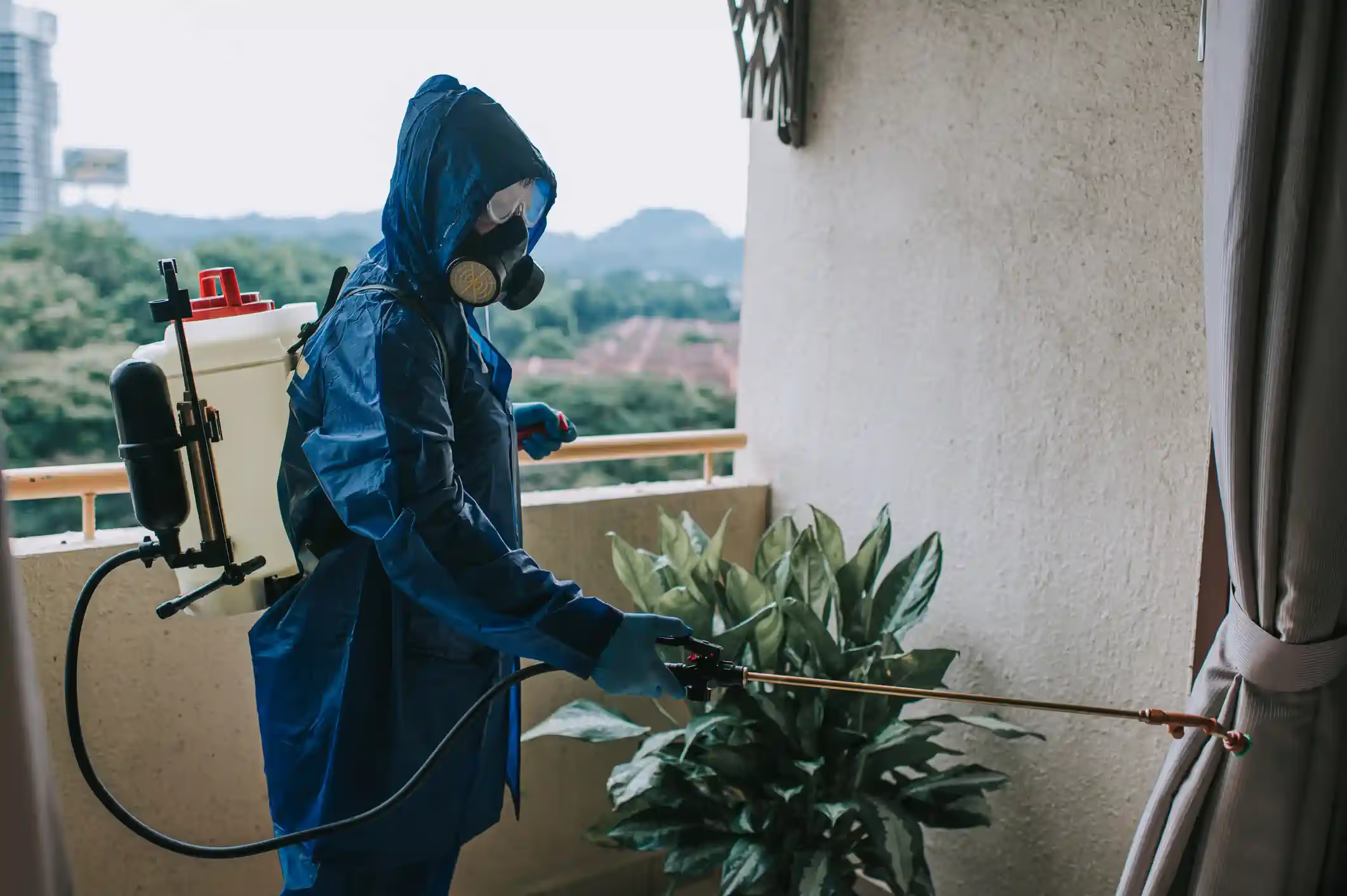

Tick Extermination in Hudson, TX
Fast tick extermination in Hudson, TX by Spot On Pest Control, LLC. Keep your family and pets safe from bites. Contact us today to book your service.

Spot On Pest Control, LLC knows that ticks are a year-round threat in Hudson, TX yards and properties. With dense tree cover, warm humid summers, and abundant wildlife, local homes face higher tick pressure than many other parts of the state. Professional tick extermination focuses on reducing tick populations around the property, protecting pets and family members, and making the yard safer for outdoor living through targeted treatments, landscape changes, and seasonal planning. This page explains how a comprehensive, science-based approach works, what to expect, and practical steps you can take to maintain a low-tick environment.
Why tick control matters in Hudson, TX
- Hudson’s wooded lots, high deer activity, and plentiful small mammals create ideal tick habitat.
- Common local species include the Lone star tick and American dog tick; Lone star ticks are especially aggressive and associated with allergic reactions in some people.
- Beyond bite risk, ticks carry pathogens that affect pets and humans, so reducing encounters lowers disease risk and improves comfort outdoors.
- A tailored extermination plan reduces ticks where families use the yard most while minimizing chemical use in non-target areas.

Common tick problems and signs on Hudson properties
- Frequent tick encounters after mowing or walking near tree lines and underbrush.
- Dogs or cats bringing ticks into the home after time outside.
- High tick activity near shaded yards, woodpiles, leaf litter, brush piles, and fence lines.
- Wildlife trails and deer visits through the yard, attracting ticks on hosts.
- Concentrated tick hotspots around bird feeders, garden edges, and unmaintained perimeter zones.
Inspection and assessment: what a professional looks for
A thorough inspection identifies where ticks breed and quest, and it informs an effective treatment plan.
- Property walk-through to map shaded areas, brush, woodpiles, patios, and host corridors.
- Identification of host sources: signs of deer, rodents, stray animals, and bird nesting.
- Evaluation of landscape features that retain moisture and shade, such as dense groundcover and leaf litter.
- Baseline tick activity assessment using visual checks and drag-sampling where appropriate.
- Review of pet routines and human use areas to prioritize treatments around play areas, garden beds, and pet runs.
Targeted perimeter treatments and methods
Professional extermination focuses chemical resources where they provide the most protection, reducing overall pesticide use while maximizing effectiveness.
- Barrier applications: liquid acaricides applied to perimeter vegetation, fence lines, and brush to create a protective zone around living spaces. These treatments are designed for residual activity to reduce questing ticks for several weeks.
- Spot treatments: granular or spray products used in high-traffic or high-humidity microhabitats such as under decks, woodpiles, and around foundation plantings.
- Tick tubes or targeted baiting: devices that treat rodent hosts with a tick-killing agent, reducing ticks at a primary reservoir without blanket spraying.
- Environmental-friendly options: botanical or reduced-risk products for sensitive landscapes or where children and pets frequent, applied in a way that focuses on tick hotspots.
- Follow-up and monitoring: scheduled reapplications during peak seasons to maintain suppression and spot-checks to confirm reduction.
Landscape modification advice to limit tick habitat
Small changes to yard care dramatically reduce tick-friendly environments and improve long-term results.
- Keep turf mowed and edges trimmed to reduce humid cover where ticks wait.
- Replace dense groundcover and mulch with gravel or wood chip borders to create dry buffer zones between wooded areas and lawn.
- Remove leaf litter, brush piles, and stacked wood that shelter rodents and ticks.
- Relocate bird feeders and gardens away from property edges to limit rodent and deer activity near living spaces.
- Install fencing or deer-resistant plantings to discourage deer from entering the yard.
Pet and family safety guidance
Protecting people and pets is central to any tick control plan. Practical guidance complements professional treatments.
- Use veterinarian-recommended tick preventives on dogs and cats year-round, especially during spring and fall peaks.
- Inspect pets and family members after outdoor time; pay attention to hairline, groin, behind ears, and scalp.
- After professional treatments, follow any posted re-entry intervals and avoid disturbing treated areas until residues settle—professionals will use products and timing to minimize exposure.
- Employ clothing strategies when doing yard work: long sleeves, tucking pants into socks, and using EPA-registered repellents on skin and clothing where appropriate.
- Keep play areas and pet runs well-maintained and clear of debris to lower encounter risk.
Seasonal timing and treatment frequency in Hudson
Understanding peak tick seasons in East Texas helps time treatments for best effect.
- Spring (March to June) and fall (September to November) are the highest activity periods. Early spring applications prevent the season’s surge as ticks become active with warming temperatures.
- Initial treatment before peak activity followed by follow-up applications every 4 to 8 weeks during the season provides continuing protection.
- Winter treatments may be recommended after mild winters or when mild conditions persist, since some ticks remain active in warmer periods.
- An integrated year-round approach combining habitat modification, host management, and targeted applications delivers sustained reduction.
Expected reduction outcomes and realistic results
A professional, integrated tick extermination program focused on perimeter treatments and landscape changes produces measurable reductions.
- Immediate reductions of questing ticks in treated zones are commonly observed after initial applications. Residual products often provide 4 to 8 weeks of continued control depending on weather and product selection.
- When chemical treatments are combined with landscape modification and host management, many properties see overall tick encounters reduced by a substantial margin season-to-season. Typical reductions range widely based on property complexity, but integrated programs often achieve significant decreases visible to homeowners.
- No approach eliminates ticks completely because they are part of the local ecosystem. The goal is meaningful suppression that lowers bite risk and improves usable outdoor space.
Maintenance and long-term recommendations
Ongoing attention keeps tick pressure low and protects investments in treatments.
- Schedule seasonal assessments and follow-up treatments through the spring and fall peaks.
- Maintain landscape modifications: continue mowing, remove debris, and refresh gravel barrier zones as needed.
- Monitor wildlife activity and address attractants like open compost, unsecured trash, or accessible pet food.
- Continue pet preventive care in consultation with your veterinarian.
- Periodic re-inspections help adapt the plan if host activity, vegetation, or yard use changes.
Smart Steps Toward a Bite-Free Backyard
A targeted, integrated approach to tick extermination in Hudson, TX balances effective chemical perimeter treatments with habitat modification and safety guidance. By focusing on the areas you use most, managing host activity, and maintaining seasonal follow-up, homeowners can expect a substantial and lasting reduction in tick encounters while protecting pets and family.
Whether you're looking to explore Maintenance Plans, get assistance through Financing Options, or take advantage of a Special Offer, trust Spot On Pest Control, LLC to deliver safe, science-backed solutions tailored to your Hudson home. Reach out today to schedule your inspection and reclaim your outdoor spaces.
Our Services
Our pest control services cover ants, termites, bed bugs, rodents, mosquitoes, and other common pests, with customized solutions for both residential and commercial properties.
.png)



